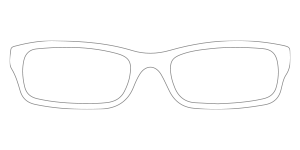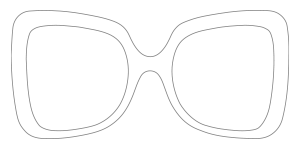Prescription Transposition
OPTICAL PRESCRIPTION TRANSPOSITION
Minus Cylinder Form
Plus Cylinder Form
Created by Luminista.
Optical Prescription Transposition – Convert Plus and Minus Cylinder Prescriptions Instantly
Interpreting an optical prescription can be tricky, especially when working with plus and minus cylinder notation. Some prescriptions are written in minus cylinder form, while others use plus cylinder form, depending on regional preferences and optical practices. If you need to switch between the two, our Optical Prescription Transposer makes it easy – providing instant, accurate calculations based on the same refractive power.How Does Cylinder Notation Work?
Optical prescriptions include three key values for each eye:When converting between minus cylinder form (used by most optometrists) and plus cylinder form (common in ophthalmology), the calculation follows a specific formula:
New SPH = Old SPH + Old CYL
New CYL = -Old CYL
New Axis = Old Axis ± 90°
For example, if your prescription is:
SPH -2.00 / CYL -1.50 x 180,
it would transpose to:
SPH -3.50 / CYL +1.50 x 90.

Why Use the Optical Prescription Transposer?
- Instant, bidirectional conversion between plus and minus cylinder notation
- Accurate calculations following standard optical formulas
- Eliminates human error when transposing prescriptions manually
- Useful for opticians, optical professionals, and patients wanting clarity
This tool ensures you always have the correct notation, whether you’re reading a prescription, ordering lenses, or verifying optical data.















